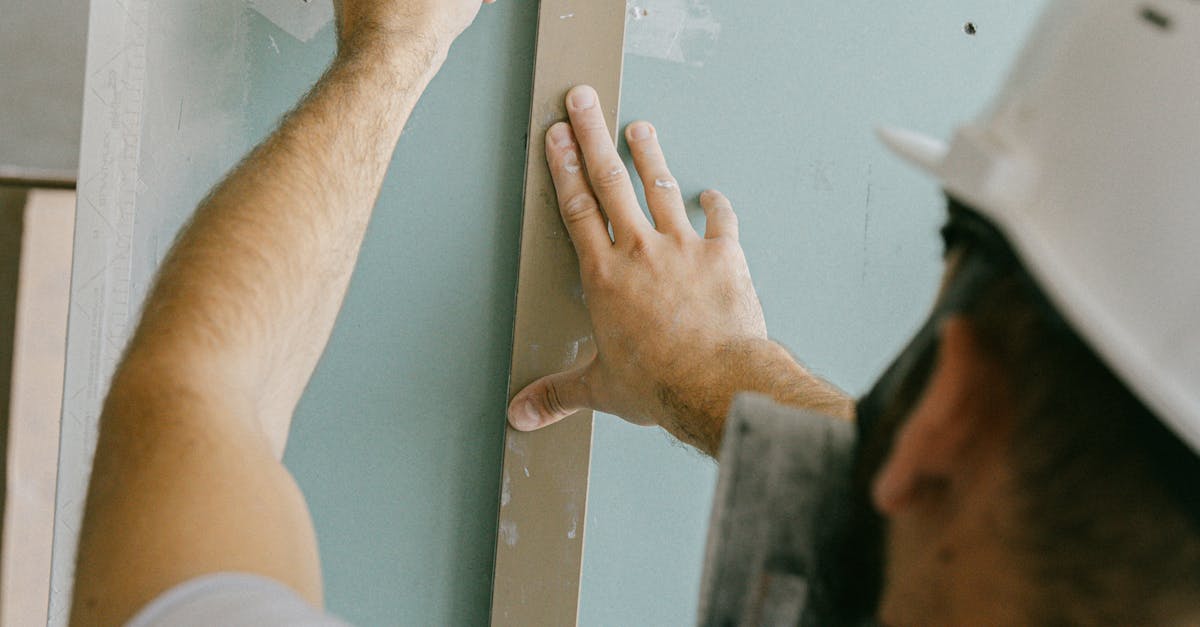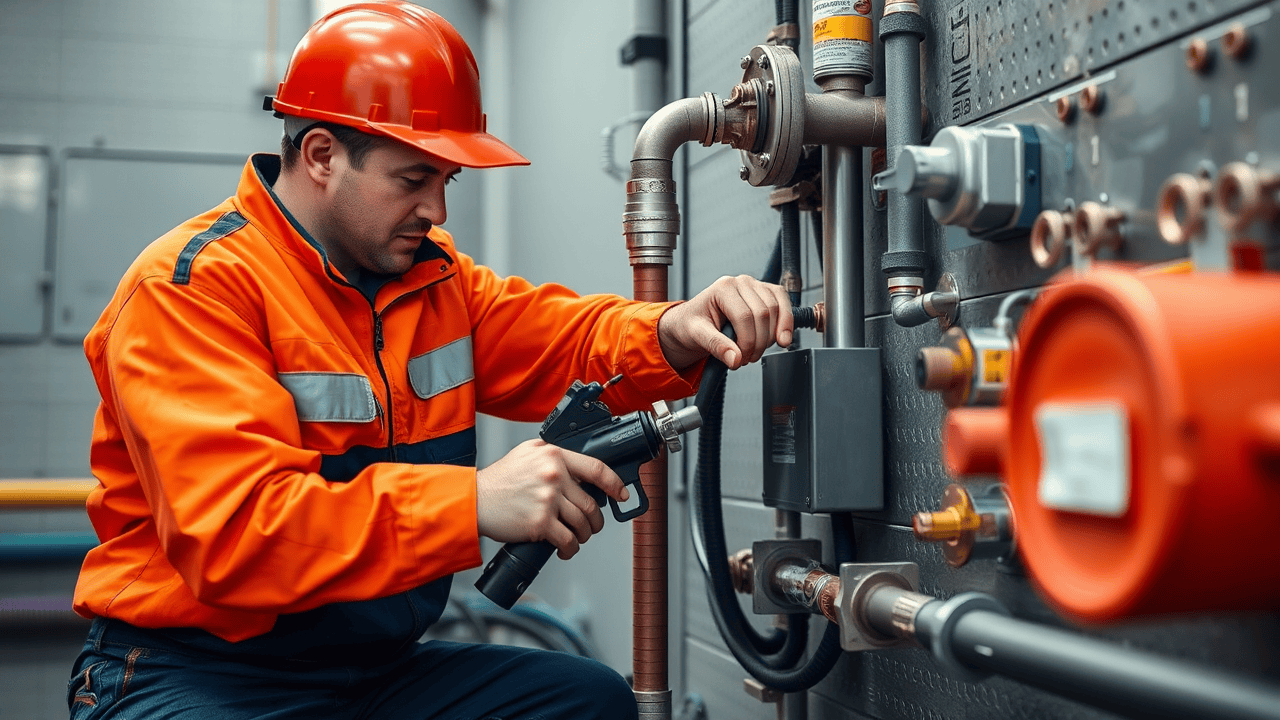
Safety Precautions to Take
When considering gas line installation and repair, safety must be the top priority. Before beginning any work, ensure that you have a thorough understanding of local codes and regulations. Familiarize yourself with the materials and tools needed. It is advisable to wear proper personal protective equipment, such as gloves and goggles, to mitigate the risk of injury during the installation process. Additionally, ensure the workspace is well-ventilated to prevent the accumulation of gas fumes.
Another crucial aspect is to check for existing gas lines before digging or making any alterations. This can help avoid accidental damage to other utilities, which can pose serious safety hazards. It is also a good idea to have a professional inspect the area to identify potential risks. Keeping flammable materials away from the worksite and having a fire extinguisher nearby are essential preventive measures. Always remember that gas line installation and repair can be dangerous; when in doubt, consult a qualified technician.
Ensuring a Safe Environment During Installation
Ensuring a safe environment during gas line installation and repair is crucial for protecting both those involved in the process and the surrounding property. Start by checking local ordinances and regulations, as many jurisdictions require permits and inspections before any work can commence. Utilize appropriate safety gear, such as gloves and safety goggles, to mitigate risks. Additionally, it is essential to locate any existing utilities before digging or making alterations. This helps prevent accidents and service disruptions.
Proper ventilation is vital during the installation process to ensure that any gas leaks can dissipate quickly. Gas line installation and repair should be performed by certified professionals who are trained in detecting and managing potential hazards. Maintain clear communication with the installation team about any changes or concerns that may arise. Keeping pets and children away from the work area can also minimize risk and help maintain focus on the safety protocols in place.
Understanding the Costs
When considering gas line installation and repair, homeowners should anticipate a range of costs associated with the process. Factors influencing the overall price include the distance from the main gas line to the house, the complexity of the installation, and local labor rates. Additionally, obtaining necessary permits and adhering to local codes contribute to the total expense. Understanding these elements will aid in budgeting effectively for the project.
Moreover, it is essential to account for potential unexpected costs that may arise during installation. Variations in soil conditions or the need to relocate existing utilities can increase the final bill. It's advisable to obtain multiple quotes from licensed professionals and to clarify what each estimate includes. Taking these steps can help ensure that there are no surprises along the way and that the installation is completed efficiently and safely.
Breakdown of Expenses Associated with Gas Line Installation
The cost of gas line installation and repair can vary significantly based on several factors. Homeowners should anticipate expenses that include materials, labor, permits, and any necessary inspections. Typically, the type and length of the gas line being installed will greatly influence the overall price. Additional factors such as local regulations, the complexity of the job, and site accessibility can also add to the final cost.
Choosing experienced professionals for gas line installation and repair may seem more expensive upfront, but it often leads to long-term savings. Quality workmanship and compliance with safety codes can prevent costly issues down the line. Homeowners should also consider seasonal variations in pricing and whether any discounts or promotions might be available. Budgeting for these expenses can help ensure a smooth installation process without unexpected financial burdens.
Potential Challenges and Solutions
During the process of gas line installation and repair, homeowners may encounter a variety of challenges that can complicate the project. One common issue involves local regulations and codes that dictate how gas lines should be installed. Navigating these rules requires thorough research and sometimes unavoidable delays in the project timeline. It's important to consult with local authorities to ensure compliance, which can prevent costly setbacks down the line.
Another challenge involves the physical environment where the gas line will be installed. Rocky terrain, existing underground utilities, or unexpected obstacles can hinder progress. Homeowners should consider conducting a professional site assessment prior to beginning installation. This will help identify potential issues early on, allowing for a more efficient process and less chance of encountering problems as work progresses.
Common Issues That May Arise and How to Handle Them
During gas line installation and repair, several common issues may emerge that can disrupt the process. One frequent challenge is obtaining the necessary permits. Local regulations often require specific approvals before any installation begins. Homeowners should research these requirements early in the project to avoid delays and potential fines. Additionally, coordinating with utility companies for safe digging is crucial. Miscommunication can lead to accidents or damage to existing lines, which could be costly.
Another potential issue is the identification of buried obstacles or utilities. In some cases, unexpected ground conditions may arise during excavation. This can result in project setbacks and increased labor time. By using accurate plans and utility location services, one can minimize these risks. Professional installers usually have the expertise to navigate these complications efficiently, ensuring a smoother process overall.
FAQS
Can I run a gas line to my house on my own?
It's not recommended to run a gas line on your own due to safety concerns and legal requirements. It's best to hire a licensed professional who is experienced in gas line installation to ensure compliance with local codes and safety standards.
What safety precautions should I take when installing a gas line?
Safety precautions include turning off the gas supply, using appropriate personal protective equipment (PPE), ensuring proper ventilation, and following all local regulations and guidelines throughout the installation process.
How much does it typically cost to install a gas line?
The cost of installing a gas line can vary widely based on factors such as the distance from the gas source, the complexity of the installation, and material costs. On average, homeowners can expect to pay between $500 and $2,000.
What are some common challenges faced during gas line installation?
Common challenges include navigating existing utility lines, obtaining necessary permits, and ensuring proper ventilation. A professional installer can help address these issues effectively.
How long does it take to install a gas line?
The installation time can vary based on the complexity of the project, but a typical installation can take anywhere from a few hours to a couple of days, depending on the specific requirements of your home.


